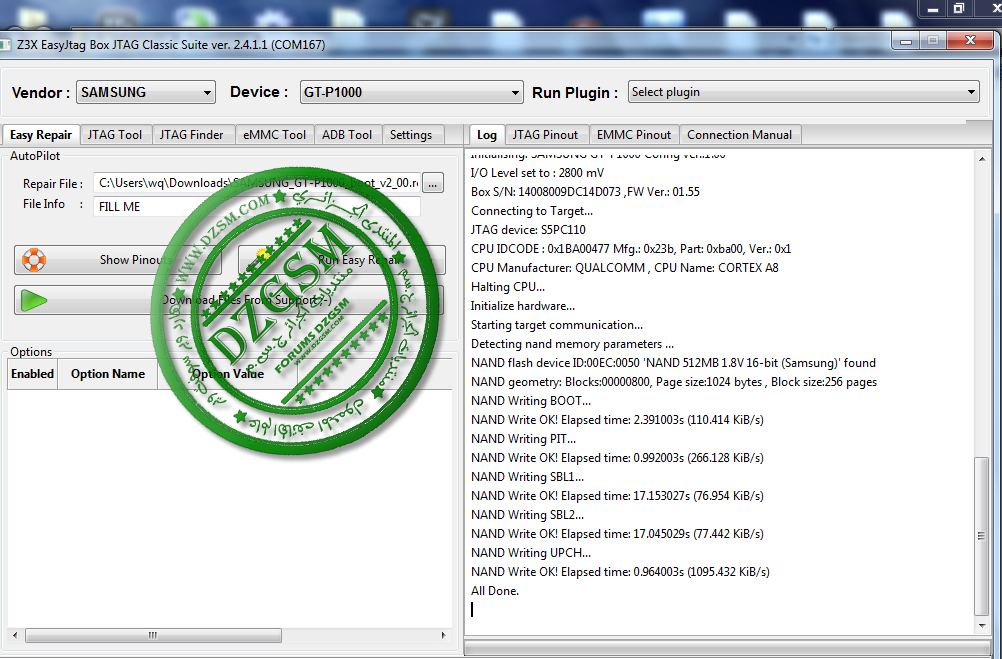Rcp File Pack 1 By Dzgsm

I am developing an RCP plugin project that includes certain views.First view take employee details like name, address etc.There is an option to upload employee image using browse button.Second view shows the details that have entered in the first view.All details except photo is displaying fine. It shows a red square in the place of photo label. My code for setting photo is shown like this: Label photoLabel = new Label(parent, SWT.NONE); photoLabel.setBounds(420, 233, 100, 106); photoLabel.setImage(SWTResourceManager.getImage(FormDataViewClass.class,photoUploadPath)); where photoUploadPath is string variable that contains the path of uploaded photo. How can I solve this issue?
Contents • • • • • • • • • • • • • • • • • • • • • • • • • • • • • • What is the Eclipse Rich Client Platform? While the Eclipse platform is designed to serve as an open tools platform, it is architected so that its components could be used to build just about any client application. The minimal set of plug-ins needed to build a rich client application is collectively known as the Rich Client Platform. For more details, see the main. Also note that Part 1 of the original also applies, and is a good high-level overview of what is available in the Rich Client Platform. Although it speaks of the Eclipse IDE (which is itself an RCP application), almost all of the functionality described in Part 1 is available in the RCP. Exceptions are the Workspace model and Team support, which are components in the IDE, not the RCP.
Part 2's discussion of JDT is specific to the Eclipse IDE, however it is a good illustration of how an application would be structured on top of the RCP. Why should I build my application on the Eclipse Rich Client Platform? Many people that have built, or are building, RCP applications state that the main value they get from using RCP is that it allows them to quickly build a professional-looking application, with native look-and-feel, on multiple platforms, allowing them to focus on their value-add. They appreciate that the components that form RCP are of high quality, are actively maintained, and are open source.
They often discover after the initial adoption of RCP that there are many other Eclipse components available for reuse (e.g. Help UI, Update Manager, Cheat Sheets, Intro, etc.). Several have also discovered that the inherent extensibility of Eclipse allows them to build not only a closed-form product, but also an open-ended platform (like the Eclipse IDE) in their own domain. For a nice description of the benefits of RCP, see (archived link), a free excerpt from the. See also the case studies available on the. What is included in the Rich Client Platform?
Download RCP FILE PACK1 BY DZGSM torrent or any other torrent from the Applications Windows. Comment Installer Un Crack Mac Vs Pc on this page. Ine Multicast Deep Dive Download Free there. Direct download via magnet link.
The Eclipse Rich Client Platform consists of the following components: Component Description Plug-ins Documentation Eclipse Runtime Provides the foundational support for plug-ins, extension points and extensions (among other facilities). The Eclipse runtime is built on top of the. Org.eclipse.core.runtime org.eclipse.osgi org.eclipse.osgi.services Dev guide: Article: SWT The Standard Widget Toolkit. SWT is designed to provide efficient, portable access to the user-interface facilities of the operating systems on which it is implemented org.eclipse.swt + platform-specific fragments Dev guide: JFace A UI framework, layered on top of SWT, for handling many common UI programming tasks. Org.eclipse.jface Workbench The Workbench builds on top of the Runtime, SWT and JFace to provide a highly scalable, open-ended, multi-window environment for managing views, editors, perspectives (task-oriented layouts), actions, wizards, preference pages, and more. The Workbench is sometimes called the Generic Workbench, to distinguish it from the IDE Workbench facilities defined in the org.eclipse.ui.ide plug-in. Org.eclipse.ui org.eclipse.ui.workbench Dev guide:,, Other prerequisites for the Workbench Support for XML expressions language, commands, and help core content model.
Org.eclipse.core.expressions org.eclipse.core.commands org.eclipse.help Note that as of Eclipse 3.3M6, org.eclipse.help requires which takes a sizeable amount of footprint (that ). Has been filed to investigate removing this dependency from org.eclipse.help. What is the disk footprint for the Rich Client Platform? As of Eclipse 3.7, the disk footprint is about 20 Meg.